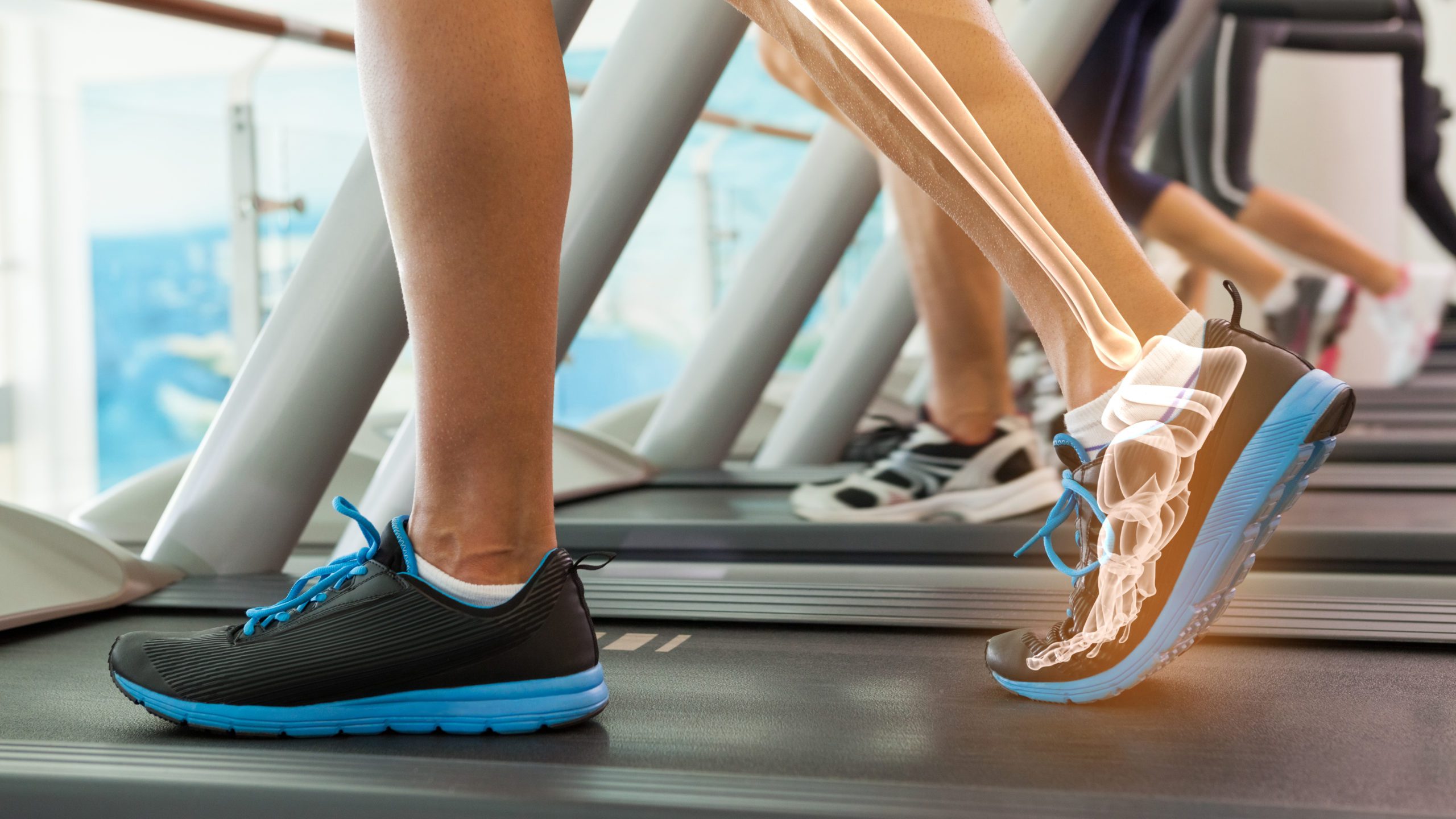What is ankle instability?
The ankle is the most traumatized part of the human body. An ankle sprain is reported to be one of the most common recurrent injuries. It happens a lot in sports activities and accounts for 10–30% of all sports injuries. Ankle sprain does not go away with no consequences for everyone. Up to 40% of people who had such trauma one or more times experience chronic ankle instability, a condition characterized by a recurring giving way of the outer side of the ankle.
There are ligaments that help to hold your ankle bones together and stabilize joints. When those ligaments are forced out of the range of their motion, an acute ankle sprain takes place. It can happen if you roll, turn or twist your ankle in an awkward way. In this case, the ligaments are stretched or torn, which decreases their ability to function properly. Patients with acute ankle sprains need proper rehabilitation. Otherwise, traumatized ligaments become weaker, which makes them more susceptible to further injuries and the development of chronic ankle instability.
Types
It is critical to distinguish between the two types of ankle instability because it dictates the choice of appropriate treatment. Mechanical instability is described as excessive ankle movement beyond the physiological range and is induced by ligament laxity. In contrast, functional instability is a subjective feeling of ankle instability, giving way and ankle pain. It is caused by the ankle muscles weakness, neuromuscular deficits, and postural control disorders.
Symptoms
Chronic ankle instability symptoms include:
- a repeated turning of the ankle, most often on uneven surfaces or during sports activities;
- persistent discomfort;
- swelling;
- tenderness;
- pain on the outside of ankle;
- the feeling of instability.
If you had an ankle sprain or are experiencing any of the symptoms of ankle instability, you need to seek medical advice. A health specialist will help you find the best rehabilitation approach to avoid any undesired consequences of trauma.
Click Here to read about Treatment.
















Leave a Reply
You must be logged in to post a comment.